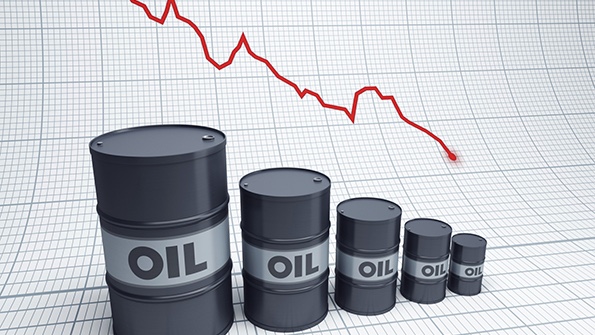Oil rose on Wednesday, with Brent at $40 for the first time since March, as optimism mounted that major producers will extend production cuts and recovery from the coronavirus pandemic will spur fuel demand.
Brent crude futures for August rose 43 cents, or 1.1 per cent, at $40 a barrel, by 0252 GMT.
- National Assembly increases oil benchmark to $28 per barrel
- Nigeria’s Brent crude drops to $19.71/b, lowest in 18yrs
The contract climbed to as high as $40.42, the highest since March 6, after gaining 3.3 per cent on Tuesday.
This is a good news for Nigeria as her National Assembly had on Tuesday increased the benchmark for the price of crude to $28 per barrel as against the $25 proposed by President Muhammadu Buhari.
This followed the consideration of a report of the Committees on Finance on the 2020-2022 Medium Term Expenditure Framework and the Fiscal Strategy Paper.
Buhari, in separate letters to both chambers last Thursday, had said the revised N10.509trn 2020 budget was predicated on oil price benchmark of $25per barrel as against $57 per barrel fixed for the earlier one passed last December.
Also, the U.S. West Texas Intermediate (WTI) crude futures gained 68 cents, or 1.9 per cent, at $37.49 a barrel.
It rose to as much as $37.88, also the highest since March 6.
The contract ended the previous session up 3.9 per cent.
Both benchmarks have risen sharply in recent weeks from the lows of April, buoyed by a continuing recovery in China, the epicentre of the virus outbreak, while other economies are slowly opening up after lockdowns to contain its spread.
The Organisation of the Petroleum Exporting Countries (OPEC) and other major producers including Russia, a group known as OPEC+, may extend production cuts of 9.7 million barrels per day (bpd), or about 10 per cent of global output, into July or August, sources told Reuters.
The cuts are currently due to run through May and June, scaling back to a reduction of 7.7 million bpd from July to December, but Saudi Arabia has been pushing to keep the deeper cuts in place for longer.
“Even deeper cuts will speed up the process of rebalancing the market,’’ ING Economics said, noting the “market was already set to transition from surplus to deficit as we move into the second half of this year’’.
With the date of the meeting not yet set and some calling for it to be early as this week, much remains up in the air, however.
But the demand picture is looking brighter as economies including China, the world’s second-biggest oil consumer, start to recover from the pandemic.
“As virus-related lockdown measures continue to be lifted, we expect that demand will gradually recover,’’ Capital Economics said in a note, estimating that global oil consumption will fall to just under 92 million bpd on average in 2020.
This compared with 100.2 million bpd in 2019, it said, before the pandemic swept through Europe and the United States, evaporating demand for everything from flying to trips to the dentist.
The U.S. crude oil inventories fell by 483,000 barrels in the week to May 29, the American Petroleum Institute said on Tuesday.
Gasoline and distillate fuel stockpiles rose.
Official government inventory data will be released later on Wednesday.
Those figures still show the U.S. stockpiles remain high and are forecast to have risen for a second week in a row. (Reuters/NAN)

 Join Daily Trust WhatsApp Community For Quick Access To News and Happenings Around You.
Join Daily Trust WhatsApp Community For Quick Access To News and Happenings Around You.


